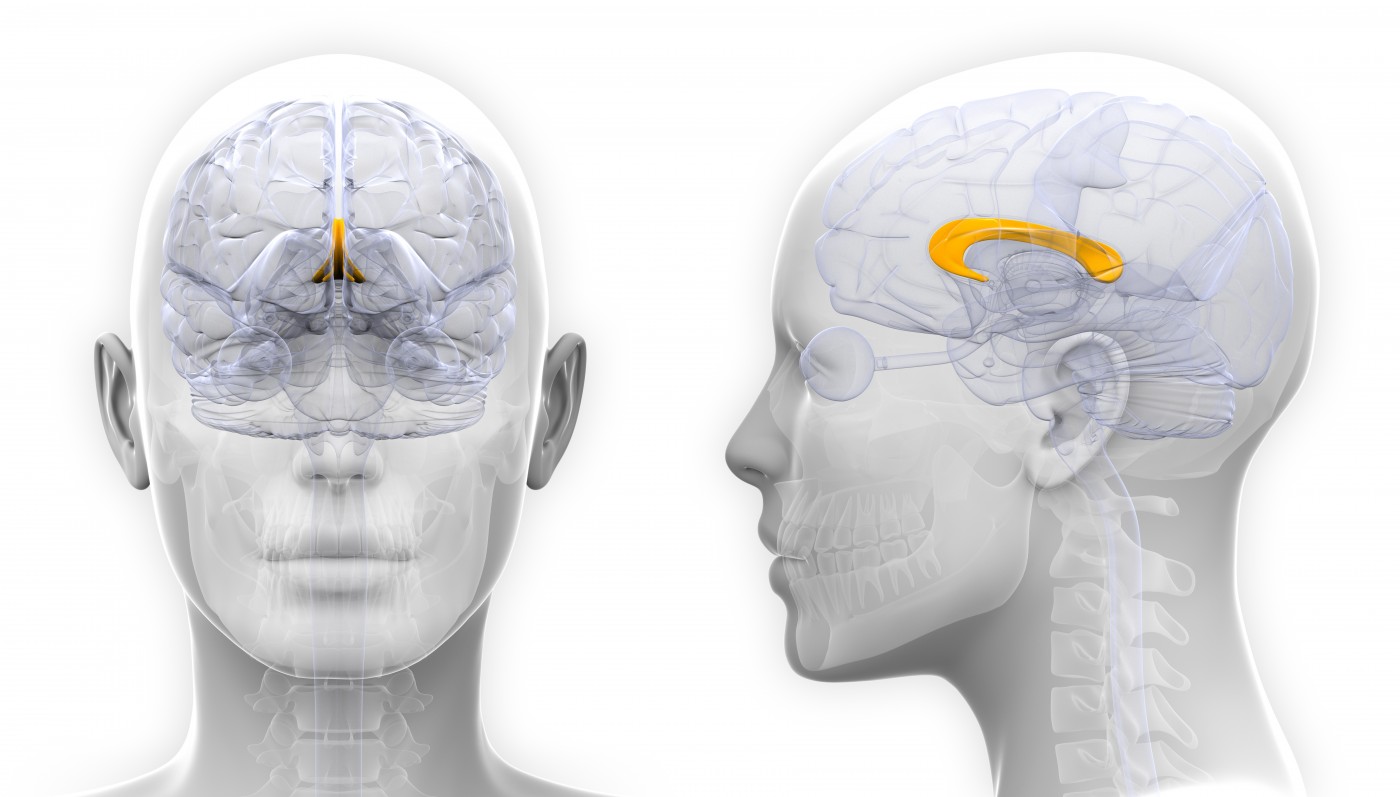#CMSC16 – Connections Between Brain Hemispheres in MS Improved with Ampyra (Dalfampridine)
Written by |

While most multiple sclerosis (MS) researchers focus on the autoimmune and inflammatory processes of the disease, researchers at the Mind Research Network (MRN) believe that improving axonal function might contribute to better MS outcomes. Using Ampyra (dalfampridine), they thoroughly analyzed the function of nerve axon connections between the two brain hemispheres, showing that their function can be analyzed with a simple test.
The research, presented at the Whitaker Research Track Session I of the Consortium of Multiple Sclerosis Centers (CMSC) 2016 Annual Meeting, continuing through June 4 in National Harbor, Maryland, is nominated — along with the other contributions to the session — for a young investigator award honoring the memory of the renowned MS researcher Dr. John N. Whitaker, who inspired many scientists to enter the MS research field.
The study, “Impacts of Dalfampridine on Interhemispheric Relationships in Multiple Sclerosis,” was a teamwork between the nonprofit organization MRN — consisting of an association of scientists spread across the country’s academic institutions, working toward advancing discovery and development of clinical solutions for brain disorders — and the University of New Mexico Health Sciences Center.
Researchers explored whether the MS medication dalfampridine, given in an extended-release formulation, affected the function of neural connections linking the two hemispheres of the brain, running in a pathway called the corpus callosum. This neuronal highway is composed of some 200 million axons, and allows the two brain parts to work together.
Ten MS patients, ages 25 to 65, took part in the study, and were evaluated using a battery of visual-motor, cognitive, and neuroimaging tests, cognitive assessments, a neurologic examination including the Expanded Disability Status Scale (EDSS), and a timed 25-foot walk speed test.
The patients also went through brain scans using structural magnetic resonance imaging (MRI), resting state functional MRI, dual magnetoencephalography and electroencephalography during rest and performance of a visual-motor interhemispheric integration task.
Dalfampridine treatment, used to improve gait dysfunction, was started after the patients were enrolled in the study, allowing pre-treatment measurements to be made. Patients were tested again after 14–21 days of treatment, and one more time after a 7–14 day washout period without dalfampridine.
Compared to control individuals, MS patients showed evidence of dysfunctional connections between brain hemispheres.
Researchers found that dalfampridine improved integration between hemispheres in a subset of MS patients, evident by visual-motor and electrophysiological reaction times, and also improved the performance of a visual-motor interhemispheric integration task. Patients who had shown longer integration times at study start tended to show a bigger change in responses to dalfampridine, compared to patients whose values were closer to normal.
The study also compared the performance of the visual-motor interhemispheric integration task with the various brain imaging findings, and discovered that these simple measures — which can be performed in a physician’s office — can act as a proxy for complex functional measures of connectivity between the brain hemispheres.





